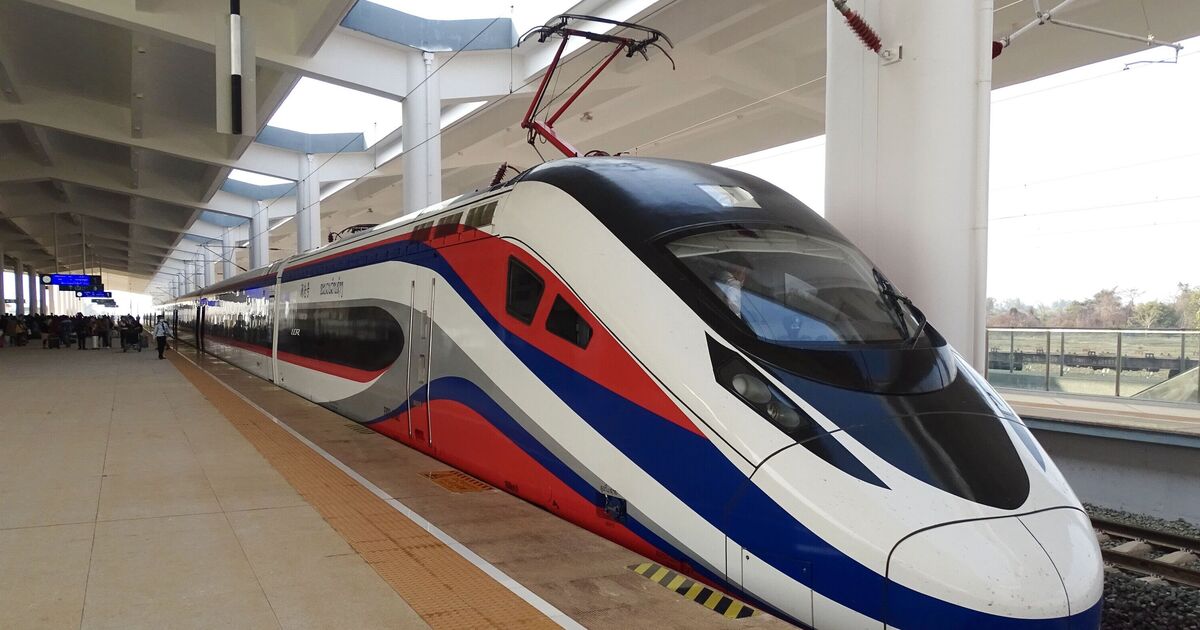The world’s longest train journey is a staggering feat of geography and engineering stretching over 11,654 miles, crossing 13 countries and eight time zones between Portugal and Singapore. In theory, this epic itinerary takes around 14 days to complete, assuming perfectly timed transfers and no missed connections.
But despite the numbers, no one has ever actually taken the full journey. The Lisbon-to-Singapore route exists thanks in part to the completion of the Laos-China Railway (LCR) in 2021, which filled one of the last gaps in South-east Asia’s rail network. However, a complex web of logistical and geopolitical challenges means this rail odyssey remains largely hypothetical.
The journey begins in the Portuguese town of Vila Real de Santo Antonio, technically the farthest rail-accessible point in Europe, and winds its way through Spain, France, Germany, Poland, Belarus (pre-sanctions), Russia, Mongolia or China, and then into Southeast Asia: Laos, Thailand, Malaysia, and finally, Singapore.
But it is not a continuous ride.
The traveler would need to change trains more than 20 times.
Some transfers require changing stations, others require navigating difficult border controls, and a few demand long waits due to infrequent regional service.
Additionally, key legs of the journey, such as the Paris-Moscow and Moscow-Beijing services, remain suspended due to ongoing war-related sanctions, rendering a direct route impossible at present.
Even the definition of the “world’s longest train journey” is up for debate.
Rail travel purists argue that such a journey, stitched together with dozens of individual tickets and multiple train companies, defies the concept of a single train trip.
For those seeking an unbroken ride, a weekly Moscow to Pyongyang service remains the longest single-train journey, lasting seven days and 20 hours without a transfer.
Still, the ambition behind the Portugal-to-Singapore trek reflects growing interest in slow travel, sustainable transport, and global rail connectivity.

